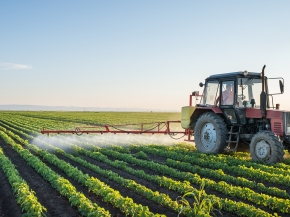Epidemiology reviews

Breast cancer is the leading cause of death for American women in their mid-life. It is also the most common type of cancer in the United States. Identifying preventable risk factors—those we can change—is essential in order to lower the incidence of the disease.
Toward that goal, scientists at Silent Spring published in 2007 a landmark state-of-the-science report on the link between environmental chemicals and breast cancer. The report, which appeared in the journal Cancer, included a comprehensive review of human studies on modifiable risk factors published through 2006. The scientists identified a total of 450 primary epidemiologic research articles on breast cancer and environmental pollutants, physical activity, body size, and prospective studies of dietary factors.
The review led to the creation of the Epidemiology Reviews Database. For each article, the database offers quick access to the following information:
- information about the study population, exposure assessment method, study design, results, and analyses of ethnic minority populations, early life exposures, or interactions with inherited genes
- assessments of the study’s strengths and weaknesses
- interpretation of the study’s results
- bibliographic citation and abstract or a link to a copyrighted abstract
In 2017, Silent Spring published an update on the science. The researchers critically reviewed 158 new epidemiology studies published between 2006 and 2016, making it the most thorough assessment to date of epidemiological evidence from the last 10 years. The review led to several conclusions, namely that the strength of the evidence linking environmental chemicals with increased breast cancer risk has grown significantly in recent years.
Not only do these reviews reveal the growing body of evidence on chemicals and breast cancer, but they also create a roadmap for researchers studying environmental chemicals in humans.
The searchable database, along with the Mammary Carcinogens Review Database, is available to the public free of charge.
News & Updates
2017
Comprehensive review of human studies from past 10 years reveals strength of evidence.
2013
Citing Silent Spring research, a major federal interagency report calls for greater investment in research on breast cancer prevention.
2010
First major federal statement to call attention to the potential to prevent cancer by focusing on environmental chemicals.
2007
The most comprehensive review to date of scientific research on environmental factors that may increase risk of the disease.